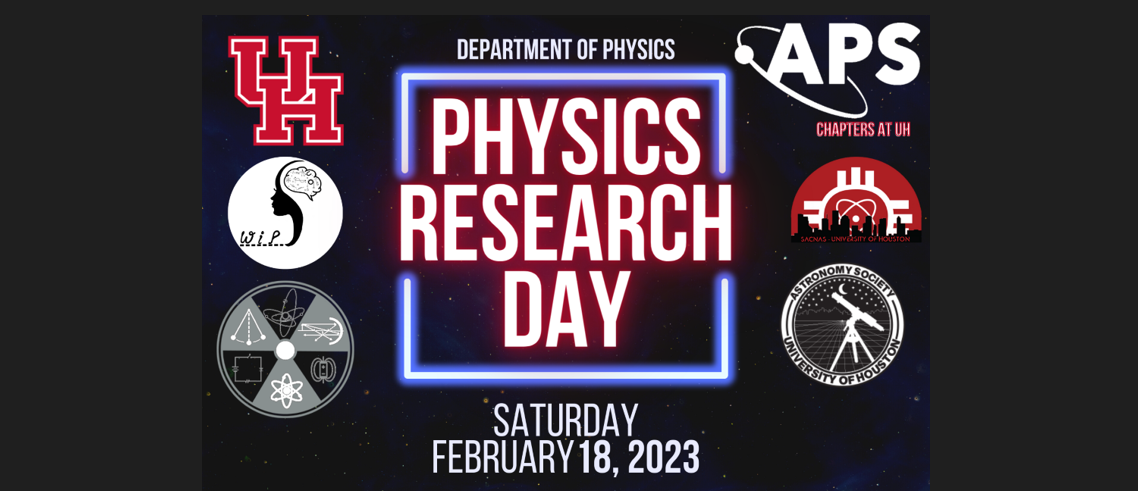Speaker
Description
Neutrinos are a fundamental particle with a strange and unique characteristic: they have mass states that describe how they travel through space and time and flavor states that describe how they interact. In order to study the relationship between the neutrino's mass and flavor quantum states, it's important to understand how readily they will interact with the neutrino detector by measuring the interaction cross section. T2K is a Japanese-based experiment designed around two main detectors: Super-Kamiokande (SK), a 50,000 metric ton water Cherenkov detector located 295 km away from the beam target, and ND280, a collection of smaller detectors located 280 meters away from the beam target. Due to the nature of the SK detector, ND280 is designed around making water cross-section measurements through a water subtraction method where two measurements are made, one with water in the detector and one without water. ND280 is comprised of three primary detectors to make these measurements, the two Fine-Grain Detectors (FGDs) which are used in tandem to allow measurements that have consistent temporality but inconsistent spatiality, and the Pi-Zero Detector (P0D) which allows for consistent spatiality but inconsistent temporality. Many models are used to simulate these interactions for study, but all models have uncertainties which will propagate through to the final measurements. Understanding and implementing systematic uncertainties related to the interaction models is crucial to constraining the uncertainty on neutrino cross section measurements.
| Academic year | 5th year and/or beyond |
|---|---|
| Research Advisor | Dr. Daniel Cherdack |
